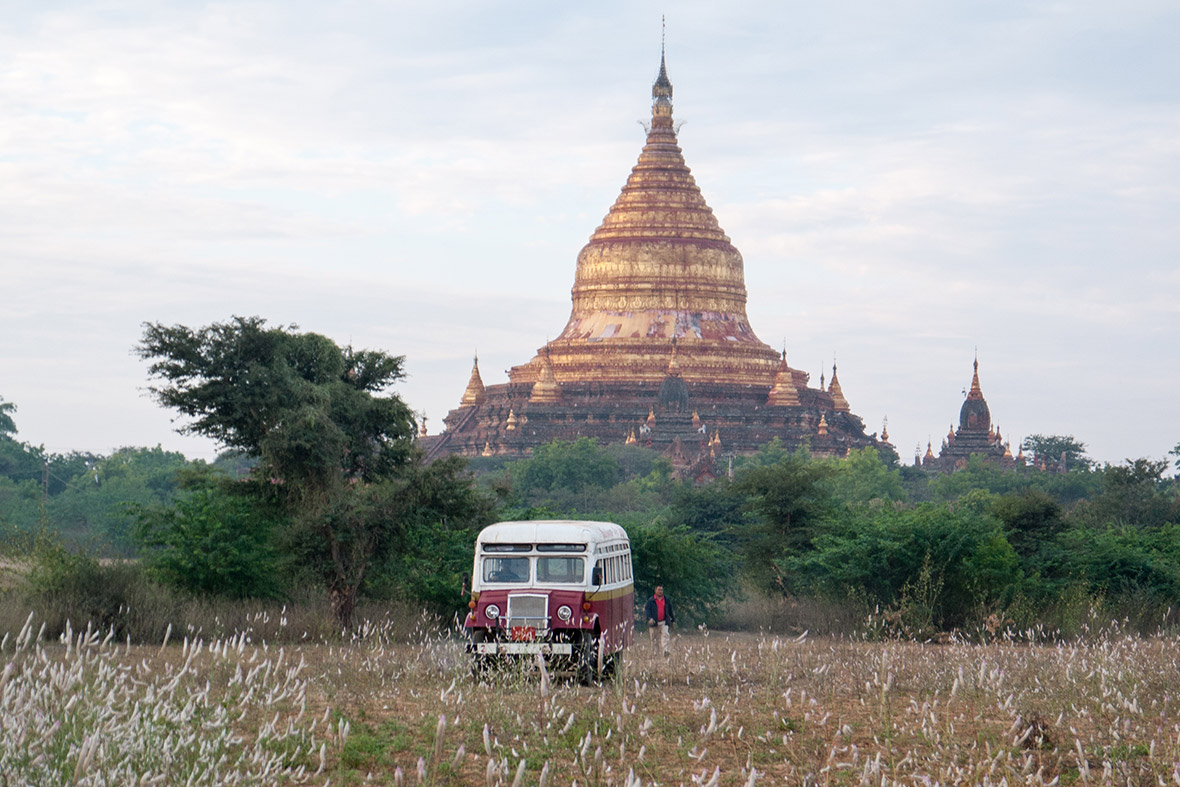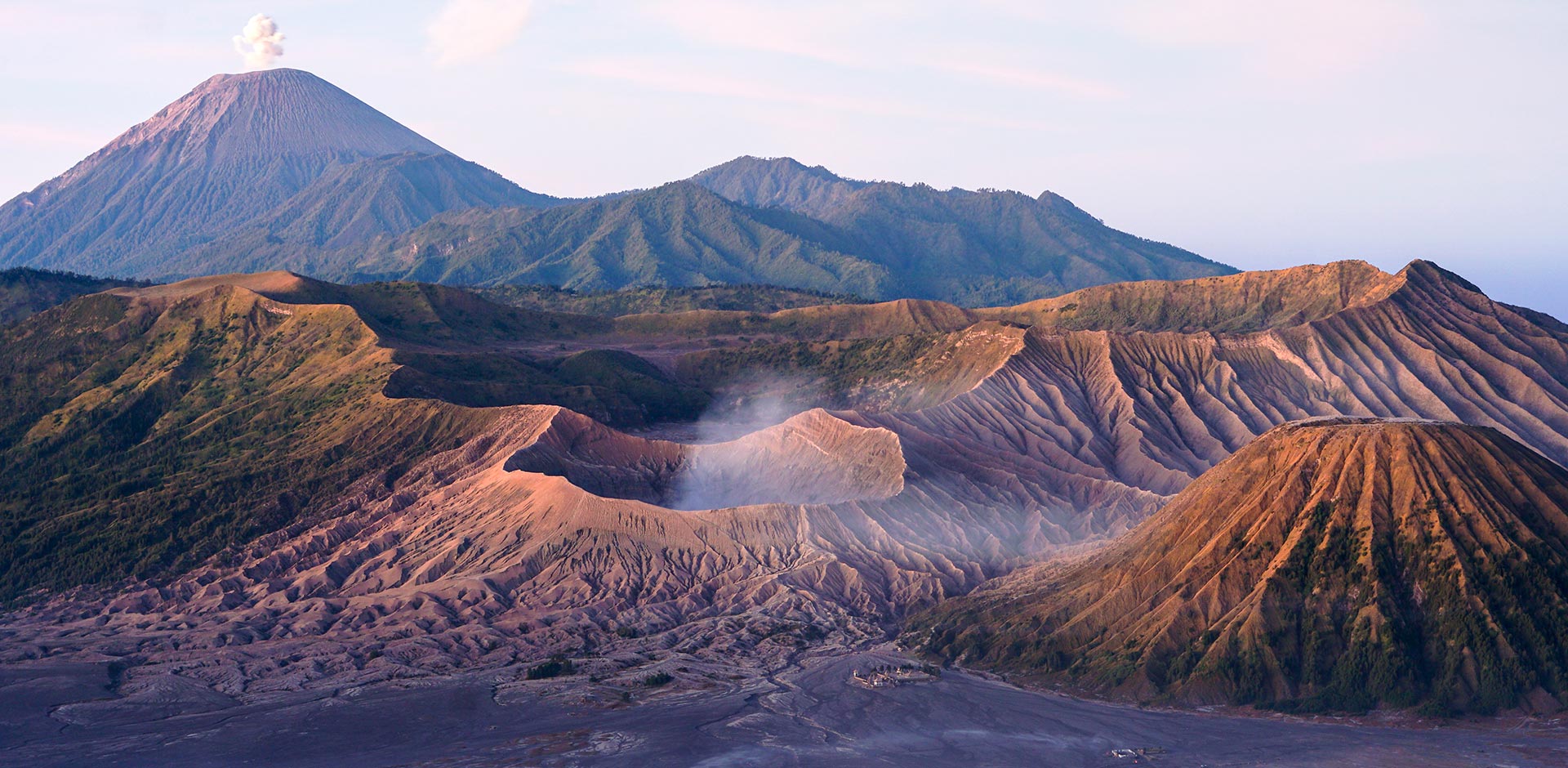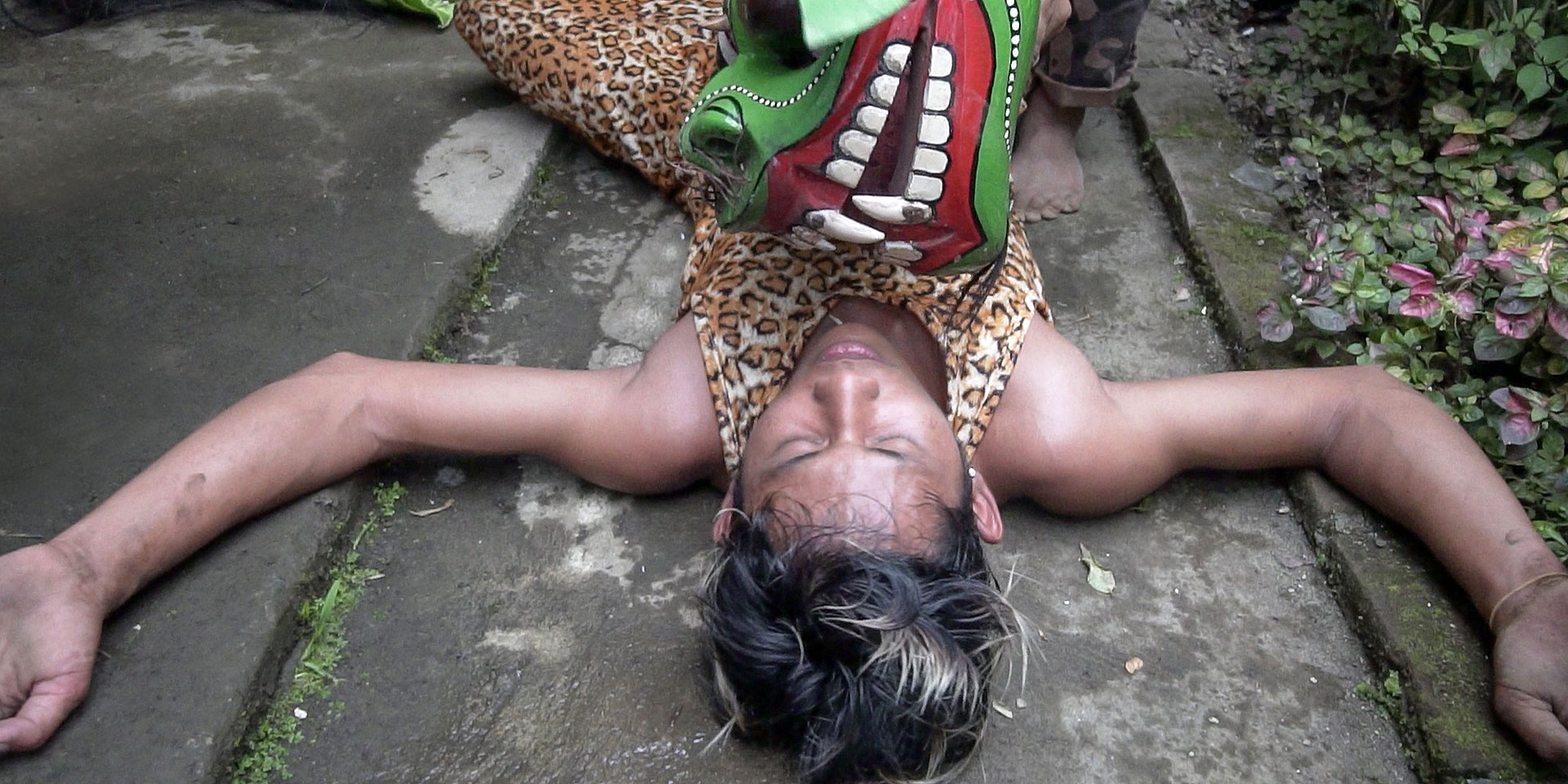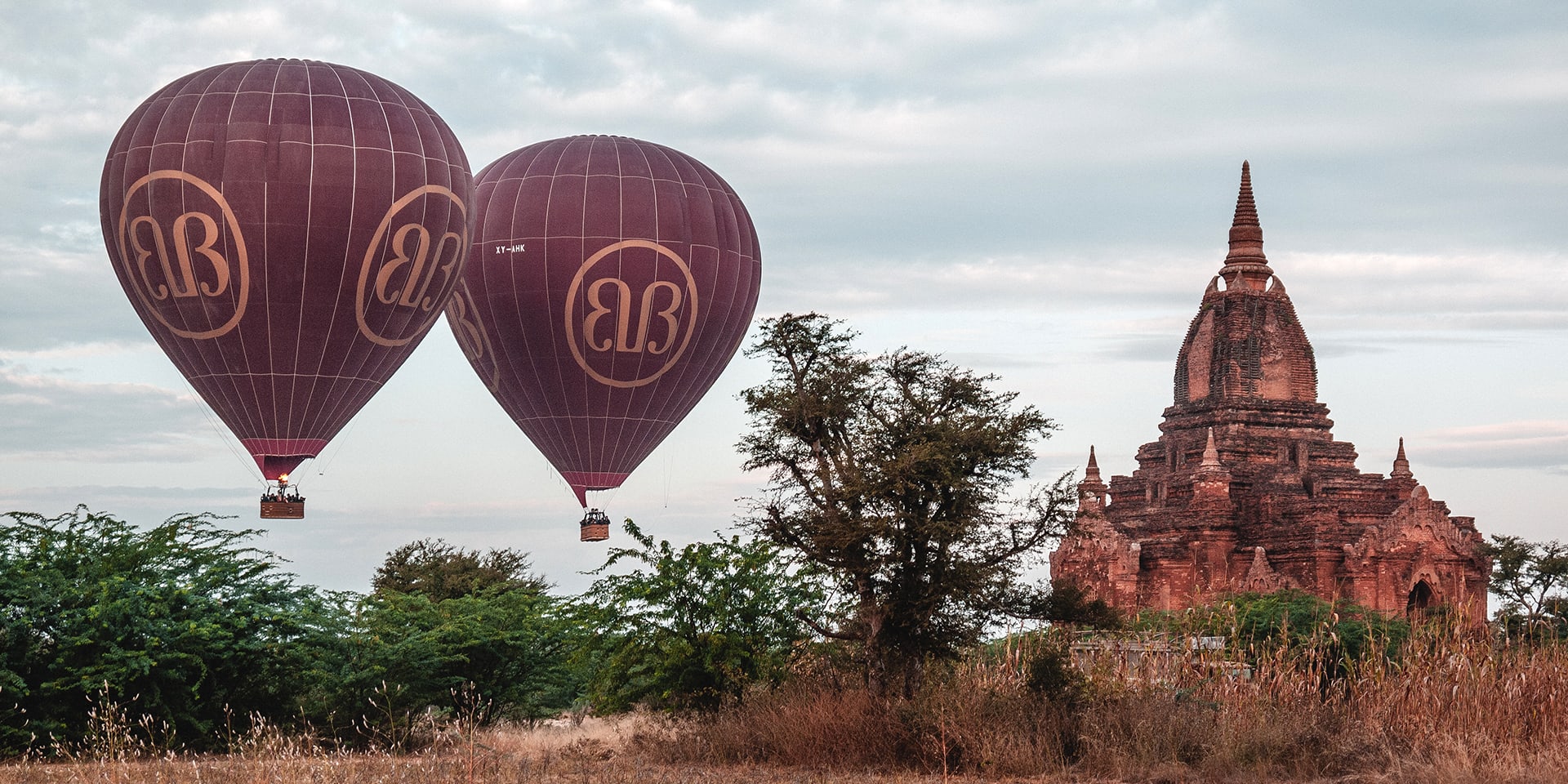
Once, there was only one color of Bagan balloon: the dark red of the Balloons over Bagan company. Today, when travelers look up, they’ll find the yellow of Golden Eagle and the green of Oriental Balloon in the skies as well.
The hot air balloons over Bagan aren’t a secret anymore. I’ve been traveling to Myanmar since 1993, and there more than anywhere else are the changes in our times so apparent – be it in the number of travelers or the changing political climate. And much has changed in the Bagan air and on the ground.
Some may wonder why hot air ballooning is the method of choice for seeing Bagan and the answer is pretty simple: there are more than 2,000 temples to see over 104 square kilometers. Save strafing the area in a helicopter, there are few other ways to experience the full sight of Bagan.
Balloons begin in the morning, as the winds pick up during the day. When leaving one’s hotel early in the morning the fog can seem imposing at first, but that dissipates as the sun rises. But, perhaps even more impressive than the ride itself is the sight of a dozen balloons on the ground being blown up to their full height. There’s something so very otherworldly about it.

It is, as one might imagine, a soothing experience. Apart from the gasps of fire bursting hot air into the balloon, it is quiet above Bagan – the hot air heating the top of my head. However, the ancient temples below, some nearly a thousand years old, don’t look the way they did in 2012.
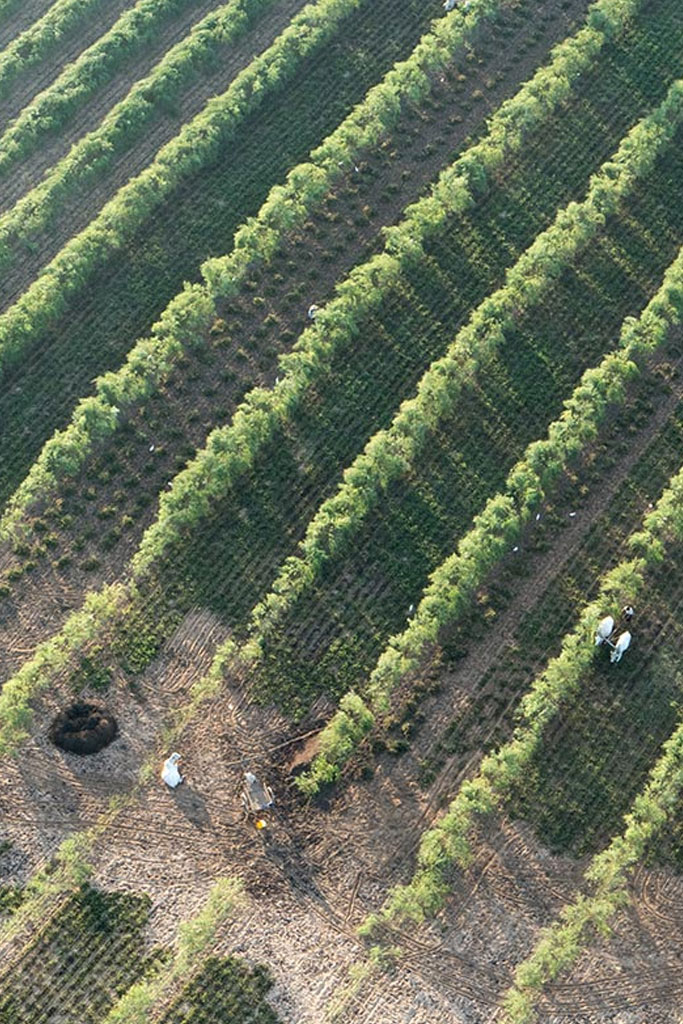
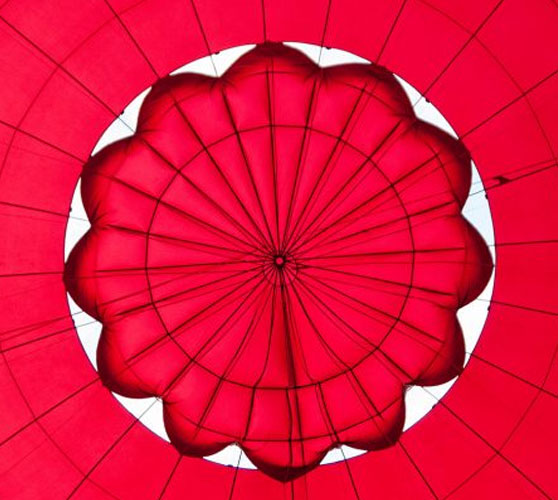
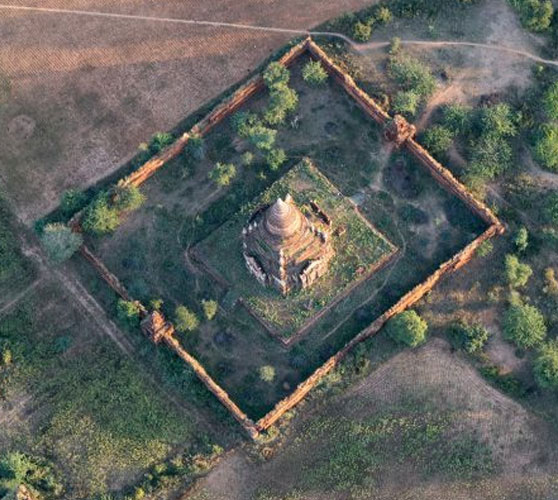
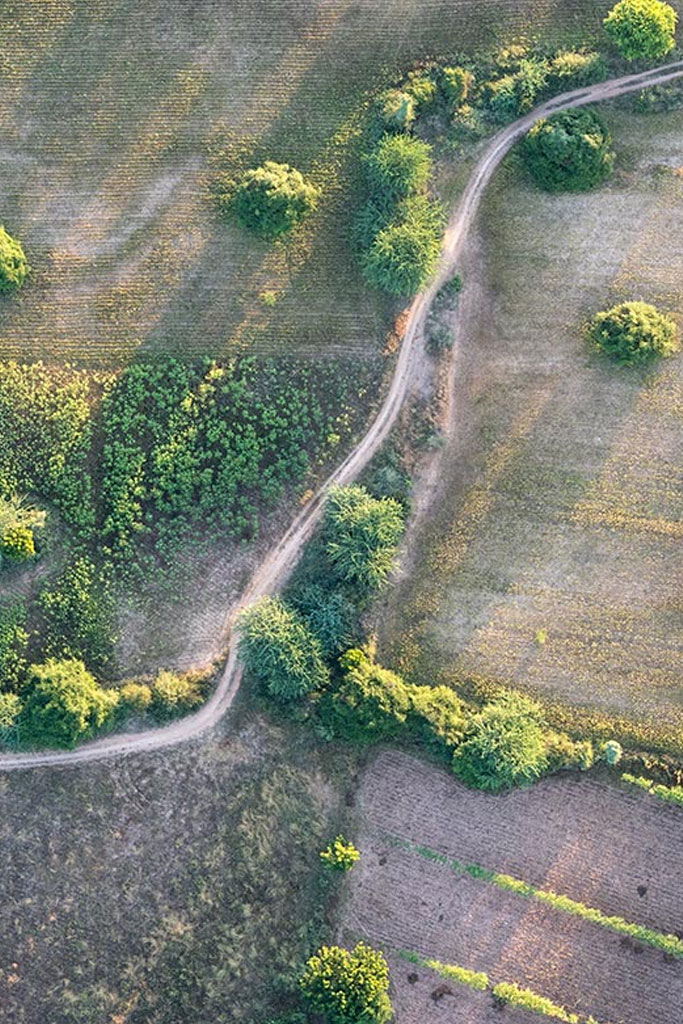
A 6.8 magnitude earthquake struck Bagan in 2016, and many of these illustrious temples lost their domes, some reduced to rubble and ruin. A testament to the architecture of the site and the efforts of the authorities, Bagan still stands mostly in-tact.
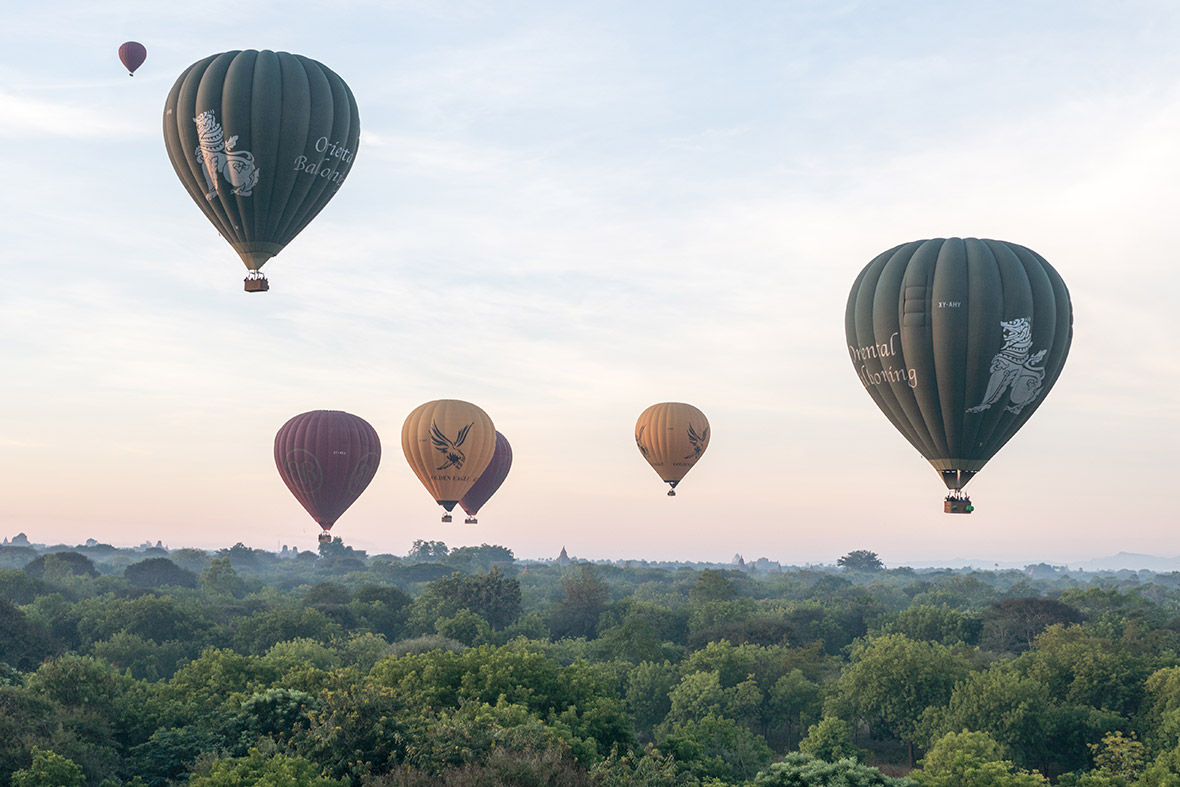
Still, even in the air, things had changed, we weren’t permitted to fly as low as I had previously – no doubt a consequence of more balloons and more regulations.
What hadn’t changed was the experience of the balloon itself, which is largely reliant on the winds and the skill of the pilot. There is no set route to the Bagan ballooning experience, just an experienced ballooner and unpredictable morning winds. Some balloons were not as fortunate as me and landed in half the time.
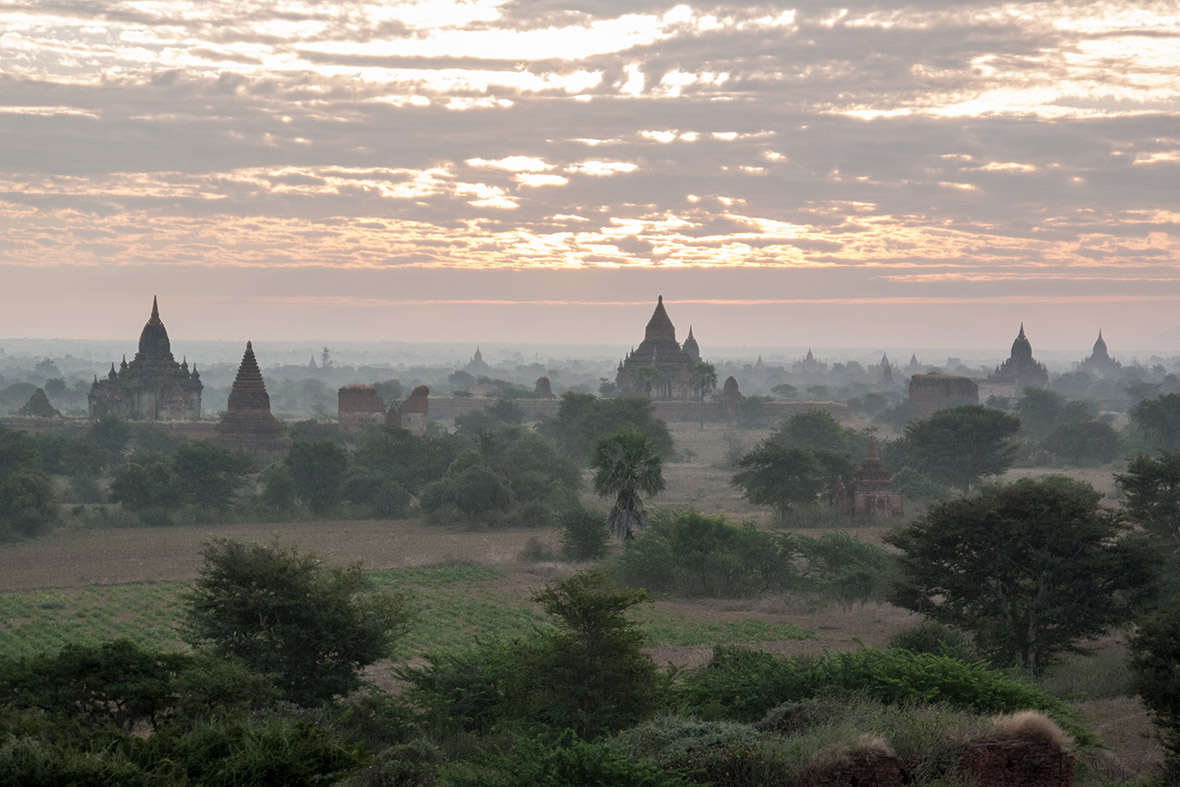
Cars on the ground follow the balloons and pick up the passengers wherever they land – which can vary wildly; no two ballooning days are the same. Both before my journey and after, there was more action on the ground than there was on my first trip in 2012 and certainly more Chinese tourists. Altogether, the ballooning is a 40 minute experience. It’s much easier to appreciate the ride once back on solid ground, the serenity of the sky fading.
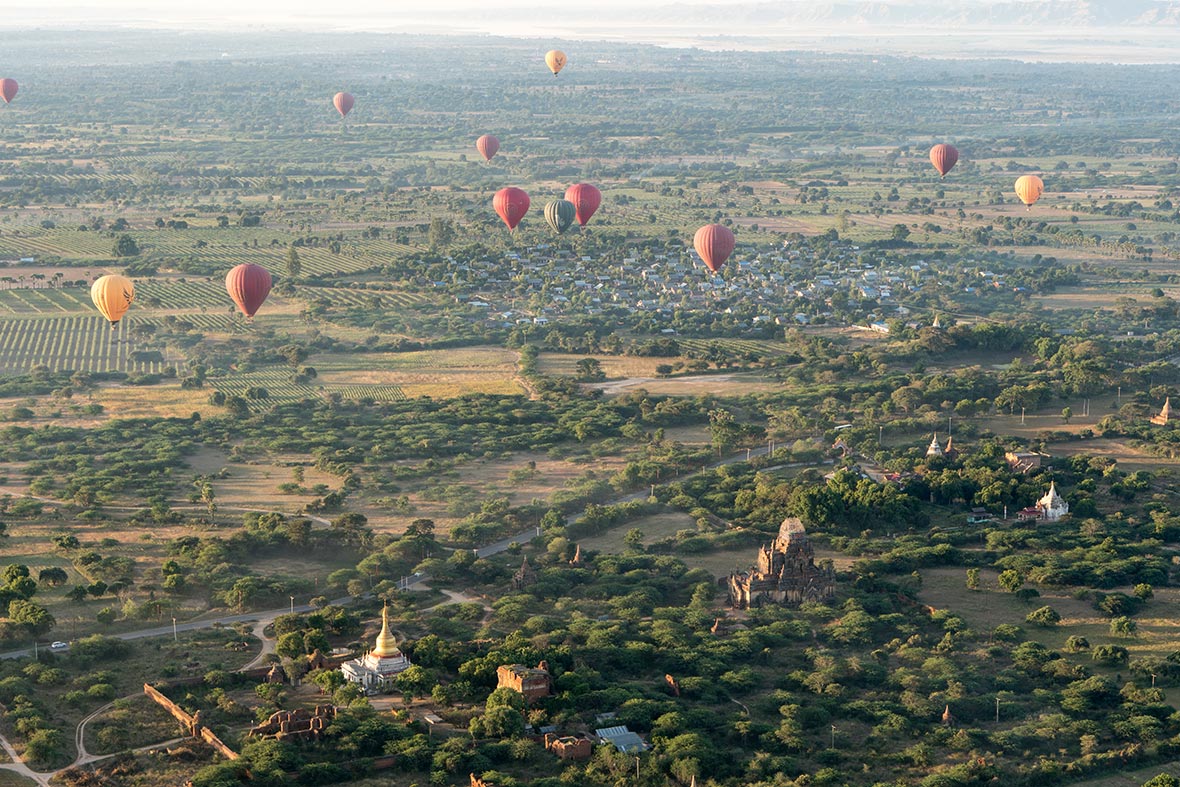
Myanmar’s transformation was once thought to be one way, that the arrow of progress pointed forward. The months after my 2012 journey would see a visit from Barack Obama, a sign that times were changing for Myanmar, despite the Rakhine State riots months earlier. The country would wait three more years for elections, and in two more after that, the reforms seem perhaps even further away.
In that time, the number of travelers has gone from thousands to millions and the country has changed in so many new ways. It leaves one wondering which way the pendulum is swinging.
